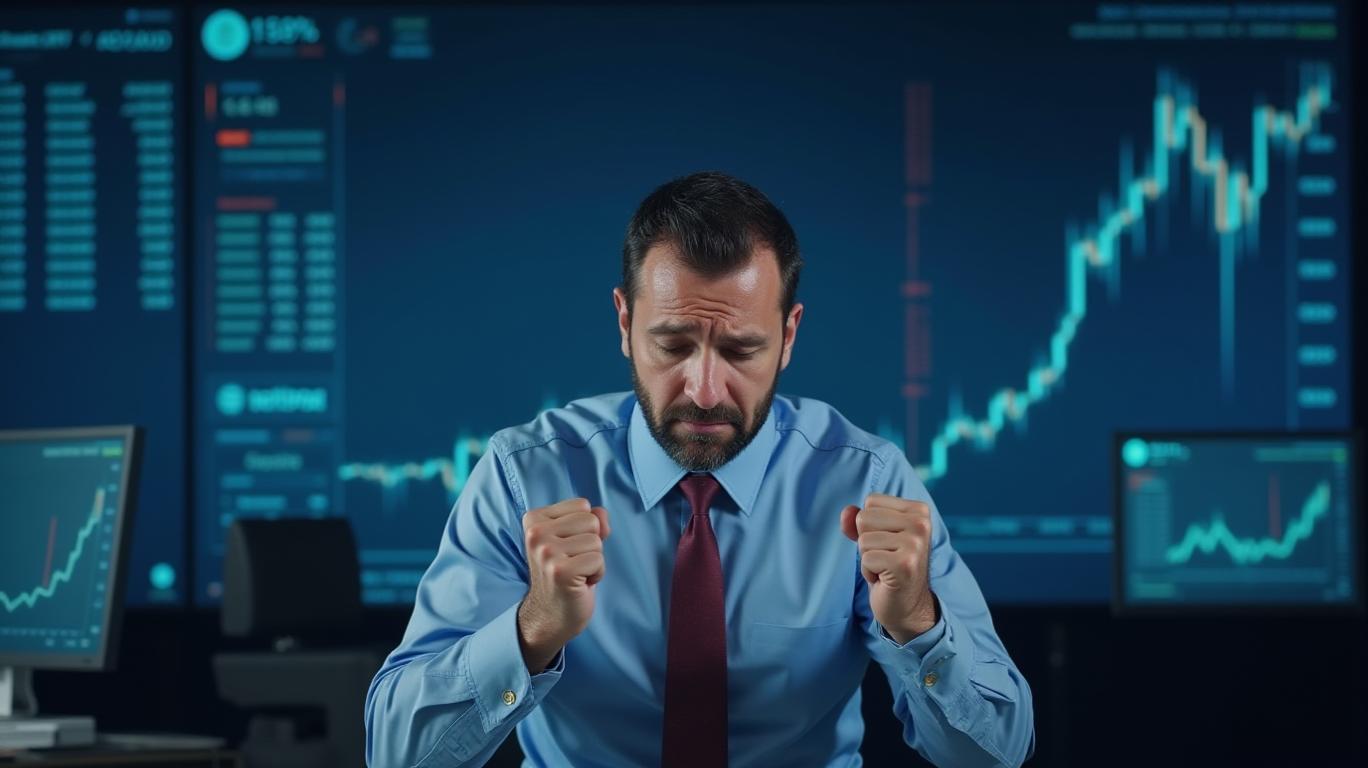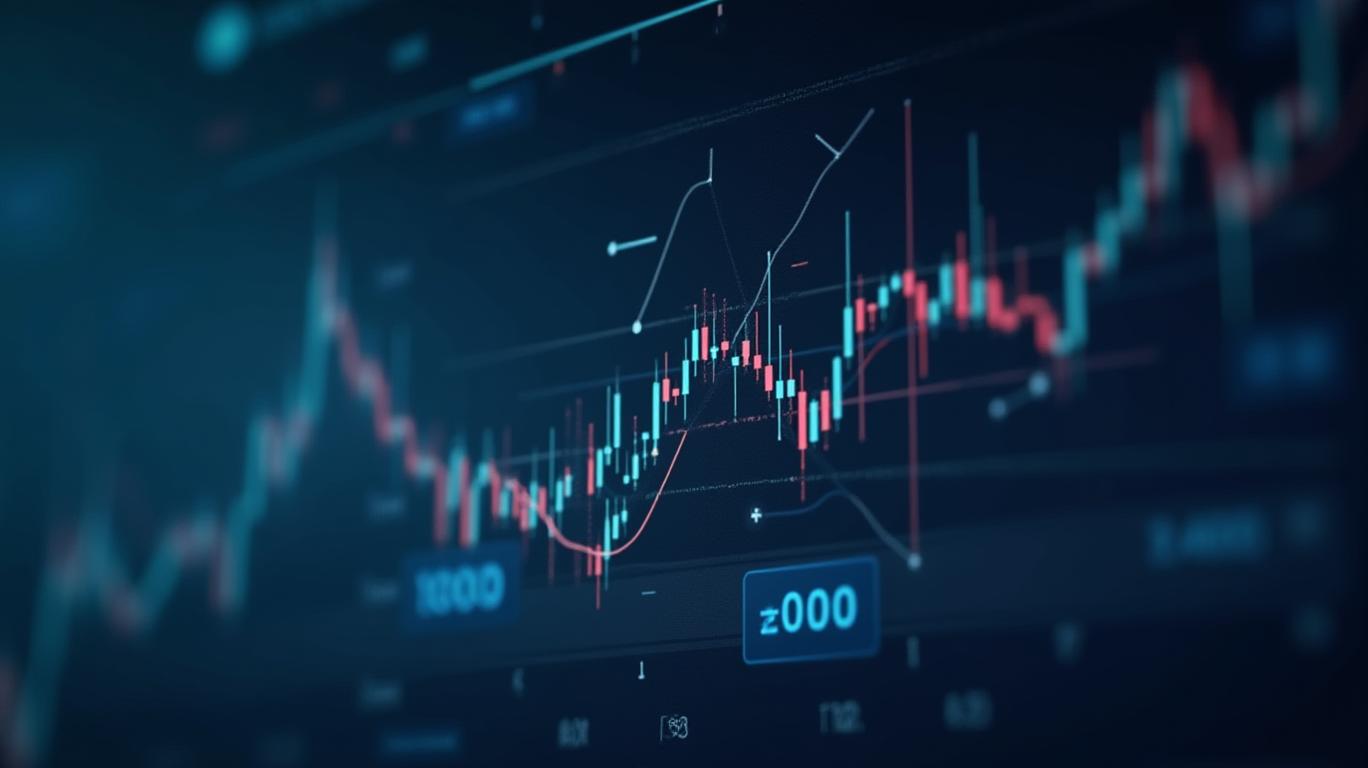The TLT-VCTL Yield Spread: A 10-Year Low Signals What's Ahead for Bond Investors
The yield spread between the iShares 20+ Year Treasury Bond ETF (TLT) and the Vanguard Long-Term Corporate Bond ETF (VCLT/VCTL) has tightened to near a decade-low, signaling a pivotal moment for bond investors. This narrowing gap between U.S. Treasuries and corporate bonds reflects shifting market dynamics, from investor risk appetite to macroeconomic headwinds. Let’s unpack what this means for portfolios and where opportunities—or risks—may lie.

The Spread in Context
The TLT-VCTL spread measures the yield premium investors demand for holding corporate bonds over risk-free Treasury securities. A narrowing spread typically occurs when:1. Credit risk perceptions decline: Investors grow more confident in corporate issuers’ ability to repay debt.2. Flight-to-safety dominates: Treasury demand surges, pushing their prices up and yields down, even if corporate yields remain stable.3. Yield curve dynamics: Long-term Treasury yields fall faster than corporate equivalents, often tied to recession fears.
The current spread’s compression—now near levels last seen in 2015—aligns with an inverted Treasury yield curve. The has been negative since late 2022, hitting -0.47% in April 2025. Historically, such inversions have preceded recessions, with the lag often spanning 6–18 months. This backdrop suggests investors are pricing in slowing growth, favoring the safety of Treasuries over corporate debt.
Why the Tight Spread Matters Now
Corporate Bond Valuations: The narrowing spread implies corporate bonds are overvalued relative to Treasuries. For example, VCTL’s yield (which includes credit risk) is now nearly matching TLT’s, despite corporate defaults historically averaging 1.3% annually. This could mean lower upside for corporate bond investors if economic risks materialize.
Recession Risks: The inverted yield curve isn’t just a statistical anomaly. The New York Fed’s recession probability model hit 66.4% in April 2025, signaling heightened concerns. If a slowdown occurs, corporate bonds could underperform as defaults rise, widening the spread again.
Central Bank Policy: While the Fed is expected to cut rates later in 2025, long-term Treasury yields have been stubbornly high. Foreign selling—Japan and China reduced Treasury holdings by $40 billion in Q1 2025—has exacerbated supply pressures. This dynamic keeps TLT under downward price pressure, even as yields surge.
Investment Implications
Treasuries as a Hedge: TLT’s price decline (down 3% in April 2025 alone) has made it cheaper, but its duration risk remains high (16 years). Investors seeking safety might still favor TLT if the recession materializes, as Treasury demand typically surges.
Corporate Bonds: Proceed with Caution: VCTL’s narrow spread leaves little margin for error. High-yield (junk) bonds, already trading at spreads of 4.1% over Treasuries, may offer better value, but their credit risk is far greater.
Technical Strategies: Some traders are betting on TLT’s volatility. A put spread expiring in May 2025 priced in April offered a 49% theoretical gain if TLT’s price dips below $88.50—a sign of bearish sentiment despite the ETF’s valuation.
Conclusion: A Crossroads for Bond Investors
The TLT-VCTL yield spread at a 10-year low is a flashing yellow light for portfolios. While Treasuries offer safety in a slowing economy, their low yields and duration risk make them a double-edged sword. Corporate bonds, meanwhile, face a precarious balance: their current valuations assume a soft landing, but history suggests a recession could unravel this narrow spread.
Investors should:- Diversify duration exposure: Consider shorter-term bond ETFs like SHY (1–3 year Treasuries) to reduce interest-rate sensitivity.- Monitor recession signals: A further inversion of the yield curve or a surge in default rates could trigger a spread widening.- Avoid overpaying for yield: Corporate bonds near Treasuries’ yields may not compensate for their risk.
The data underscores a simple truth: when safety and risk-free assets outperform, the market is pricing in trouble ahead. For now, Treasuries rule—but the path forward remains uncertain.










